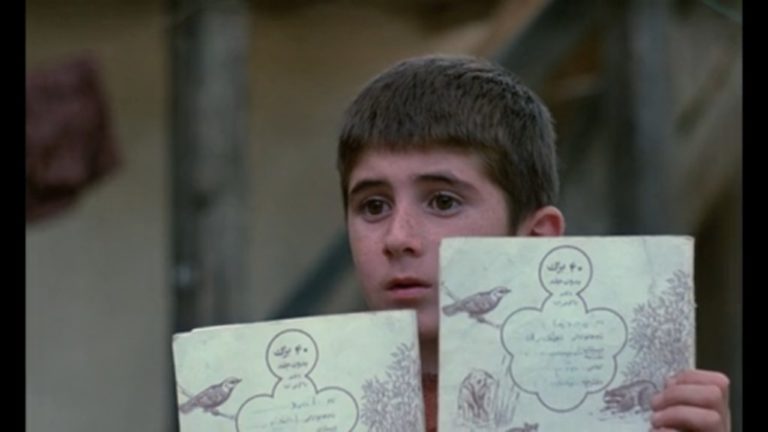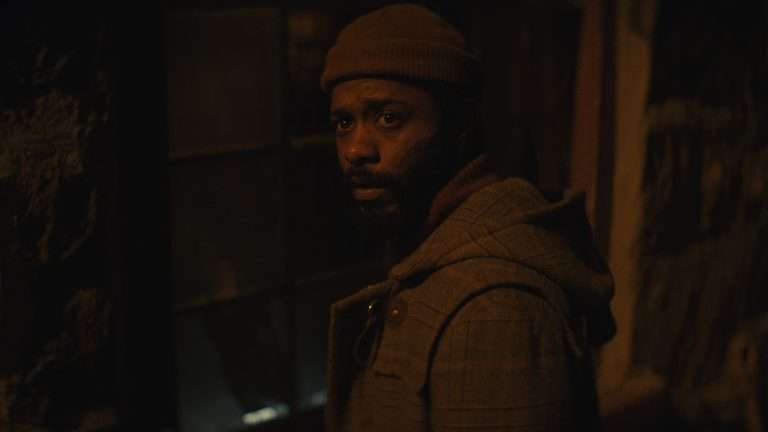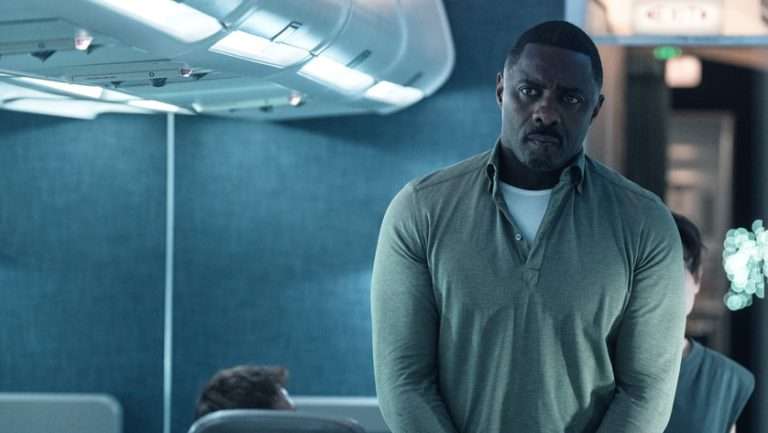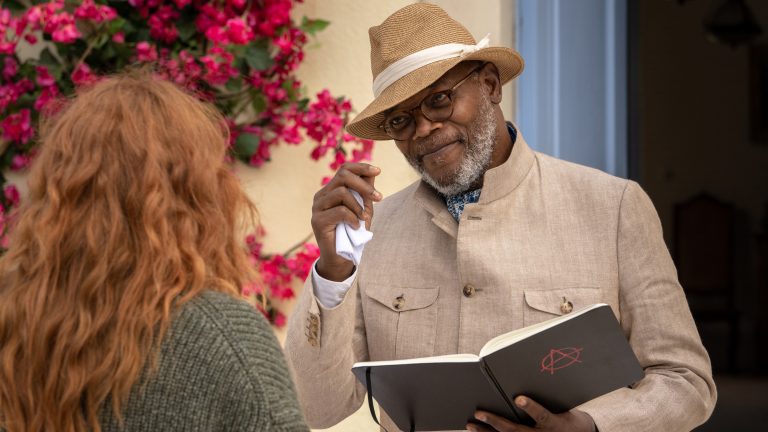How ’28 Days Later’ Revitalized The Zombie Film: Zombie films haven’t changed much over the years. Sure, the voodoo mind control of White Zombie (1932), widely regarded as the first zombie film, is a million miles away from the shuffling army of the undead presented in George A. Romero’s 1968 classic Night of the Living Dead. But the latter film set the blueprint that almost all zombie films would follow from that point onwards: reanimated corpses obsessed with eating brains roaming the earth in various states of decay. Romero himself returned to the stagnant well of the zombie movie on numerous occasions, most notably with 1978’s genre-defining Dawn of the Dead. This sparked the first golden age of zombie films with Zombie Flesh Eaters, Re-Animator, and The Return of the Living Dead, all cultural touchstones for the genre that wouldn’t die.
However, as the ‘80s rolled into the ‘90s, the moribund shuffle of the zombie movie ground to a halt entirely. Peter Jackson’s horror-comedy Braindead was perhaps the final film of the golden era before a long barren period in the ‘90s began. Unsurprisingly, offerings such as Return of the Living Dead 3, Weekend at Bernie’s II, and Scooby-Doo on Zombie Island did not provide the shot in the arm required to bring zombie movies back from the dead. Fortunately, it all changed in 2002 with director Danny Boyle and his low-budget zombie classic 28 Days Later.
Firstly, let me address the rotting and undead elephant in the room. 28 Days Later isn’t technically a zombie movie. The ‘infected’ (to use the movie’s parlance) don’t die and come back to life. Instead, they are infected with the rage virus, which turns them into murderous lunatics who exist only to infect others. For my money, however, they are still zombies. No autonomy. Hmm…check—a group mentality. Check—loss of identity. Check, check, and check. I would also add that when one of the infected is running at you at pace, they don’t care much whether you consider them a zombie or not.
Now, cast your mind back to September 2001. The world is about to change forever. But for writer Alex Garland and director Danny Boyle, shooting has begun on 28 Days Later, starring Cillian Murphy, Naomie Harris, Brendan Gleeson, and Christopher Eccleston. Inspired by Romero’s films, the massive popularity of the iconic video game Resident Evil (released five years earlier in 1996), and classic, post-apocalyptic horror fiction such as Day of the Triffids, Garland wrote the screenplay and handed it to Boyle (whom he had worked with on The Beach a couple of years earlier) and the two agreed to collaborate.
The horror genre was in a strange place in 2001. The glut of post-Scream teen slashers was about to make way for torture porn and found footage movies. The big horror hits of the era included titles as diverse as Jeepers Creepers, The Others, and Thir13en Ghosts. It was in this uneasy landscape that 28 Days Later would be born. It wasn’t just the zombie subgenre that needed to be revitalized. Horror itself was undergoing an existential crisis. When Scary Movie 2 is one of the year’s most successful ‘horror’ films, you know the genre is in trouble. The horror landscape was ready for something new.
28 Days Later follows Jim (Cillian Murphy), a bicycle courier who awakens from a coma to find London deserted. Little did the cast and crew know that the scenes in which Jim glances at huge notice boards filled with missing posters would take on an eerie prescience following 9/11. After encountering the infected for the first time, Jim teams up with Selena (Naomie Harris), a chemist and battle-hardened survivor, taxi driver Frank (Brendan Gleeson), and his daughter Hannah (Megan Burns) as the unlikely quartet attempt to reach safety.
As is common in zombie films, the man is the biggest monster of all. Here, he is personified by Major Henry West (Eccleston), the leader of a group of renegade soldiers. The end product is an exquisite dance of death that culminates in a terrifying rampage of violence – all soundtracked by John Murphy’s haunting and memorable score.
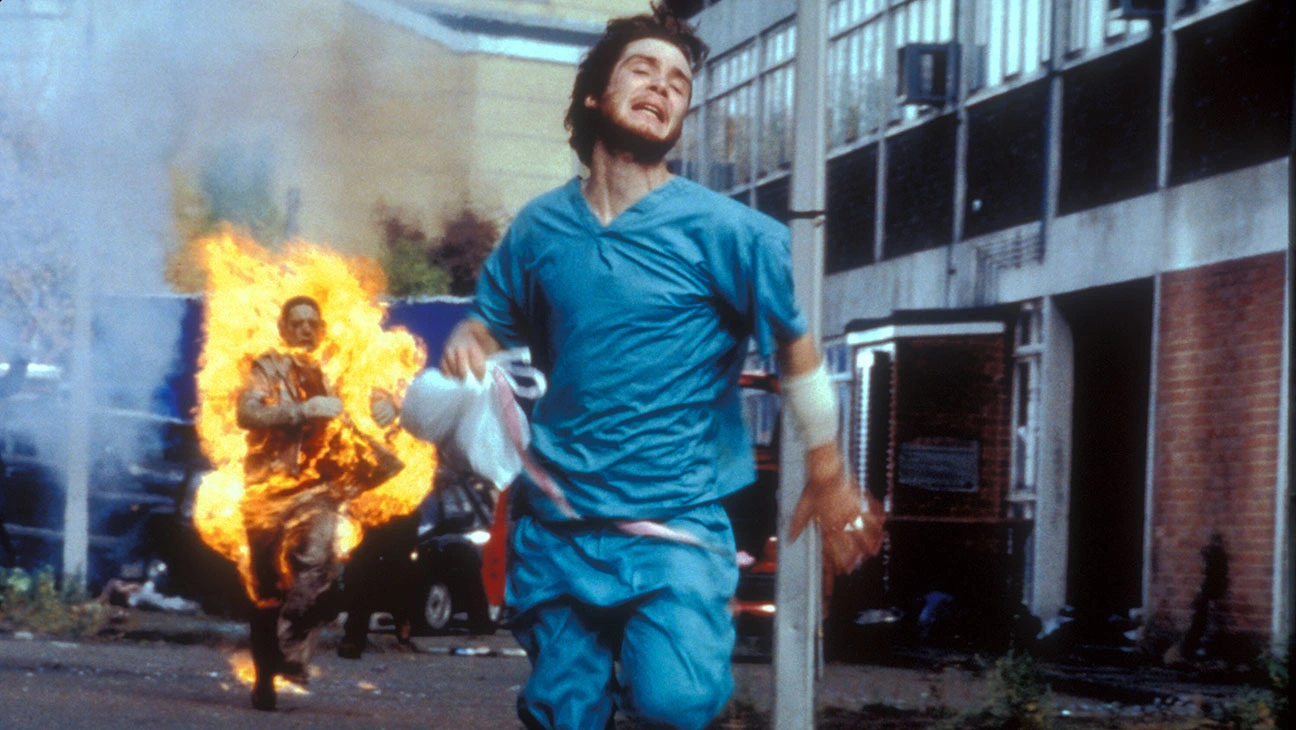
While 28 Days Later explored many of the same themes as the zombie films that came before it, several key differences set Boyle’s masterpiece aside from the rest. The scenes of a desolate and empty central London have become iconic and acted as a grim precursor to similar scenes during the COVID crisis. As Jim, Murphy offered a glimpse of the craft and intensity that would lead to him becoming a bona fide movie and TV star due to his work in the BBC production Peaky Blinders and various film projects with Christopher Nolan.
Naomie Harris, too, introduced herself to the world with this role, leading to a slew of prestigious TV jobs and film roles. Boyle’s reliance on practical effects and propulsive pacing give 28 Days Later a timelessness that has ensured that the film has not only endured but become more beloved in the 20 years since its release. But the infected themselves may be the most revolutionary aspect of 28 Days Later. Rather than ponderously shuffling toward their victims, these zombies run flat out while screaming and slobbering. In the hands of Boyle, the infected attack like rabid dogs, inexorable and relentless. And boy, is it terrifying! While this change feels like a fairly arbitrary concept – zombies running instead of walking – this small change revolutionized the zombie genre.
Legacy
28 Days Later was an instant critical and commercial smash. Boyle’s film changed the horror genre forever, earning almost $83 million worldwide from an $8 million budget and receiving universally glowing reviews. After a barren spell in the ‘90s, zombies were suddenly everywhere again. The rest of the decade saw the release of Resident Evil (2002), Shaun of the Dead (2004), Planet Terror (2007), and Zombieland (2009). Still, in terms of cinematic history, Zack Snyder’s Dawn of the Dead (2004) perhaps had the most prominent cultural impact. Snyder took Boyle’s template of fast zombies and ultra-violence and attached it to the most beloved and well-known zombie franchise out there, and in doing so, he achieved the impossible – he remade a classic film. He did so in a way that wasn’t absolutely terrible.
The key to the success of Snyder’s film is that instead of a bland retread of Romero’s source material, audiences received a modern update to a classic and an update that was visually innovative, consistently shocking, and genuinely frightening. Dawn of the Dead was Snyder’s directorial debut and calling card and without the success of that film, who knows what would have become of the DC franchise. Did the success of 28 Days Later indirectly lead to Ben Affleck as Batman? We’ll never know, but we do know that Snyder’s Dawn of the Dead remake initially caused the world to sit up and notice his work.
At the decade’s end, zombie films were still being churned out by major studios, with Dead Snow (2009), The Crazies (2010), and Warm Bodies (2010) all achieving various levels of success. However, it was a different medium that would ensure the second golden age of the zombie. In October 2003, just under a year after the release of 28 Days Later, writer Robert Kirkham and artist Tony Moore published the first issue of The Walking Dead.
While Kirkham cites more traditional zombie fare (the works of Romero and Lucio Fulci), at the very least, the success of 28 Days Later helped to get The Walking Dead into comic book stores in the first place. By the time the first episode of the TV adaptation was released on Halloween 2010, zombies had become a ubiquitous aspect of popular culture. The massive success of The Walking Dead would take things to the next level.
Conclusion:
28 Days Later is a groundbreaking zombie film and a classic horror film. It is also a film that changed the face of pop culture forever. Without 28 Days Later, there would be no second golden age of the zombie film. Its influence is so vast and far-reaching that by the time the belated sequel 28 Weeks Later was released in 2007, the world had moved on to different zombies in different cinematic universes. Recently, there has been talk of Boyle and Murphy returning for a third sequel to their original creation, and with zombie movies on the decline, don’t bet against them changing the game again. However, if that sequel never arrives, we will always have the original – in all its beautiful and grotesque glory.


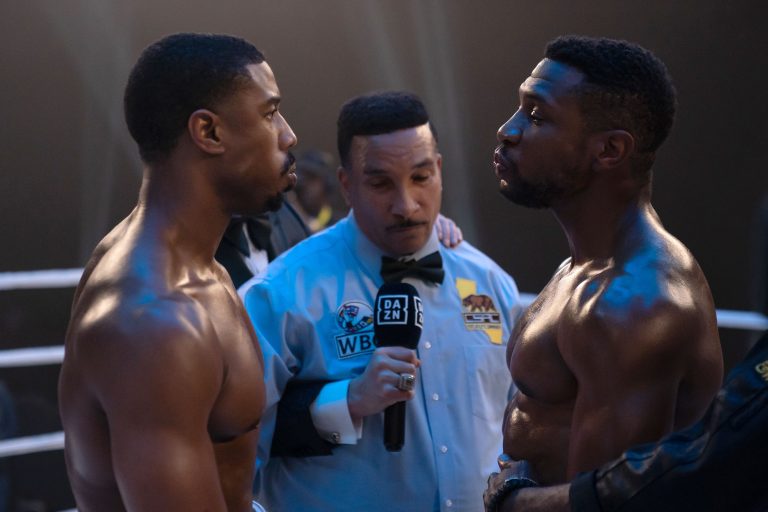
![The Favourite [2018] Review: Lives Up To Its Name](https://79468c92.delivery.rocketcdn.me/wp-content/uploads/2018/12/The_Favorite_HOF-768x512.jpg)
